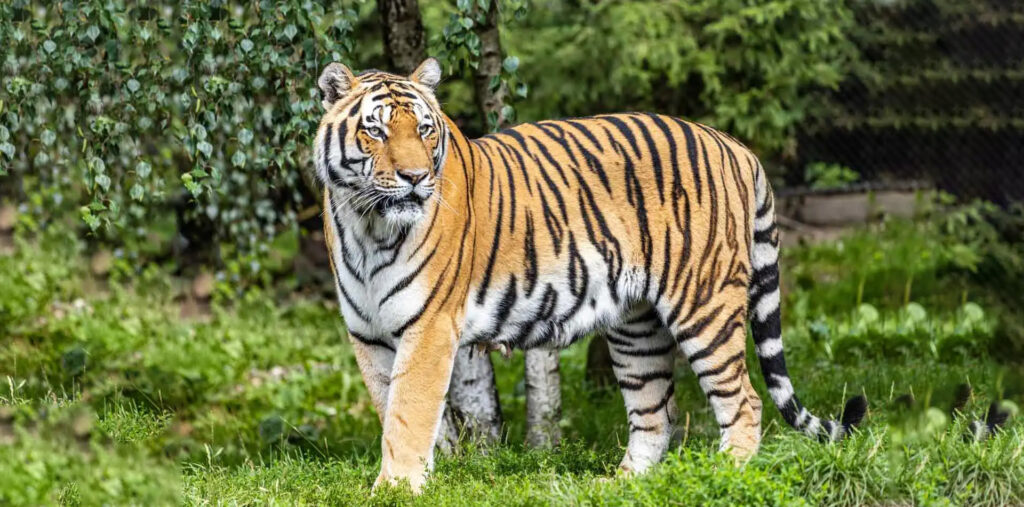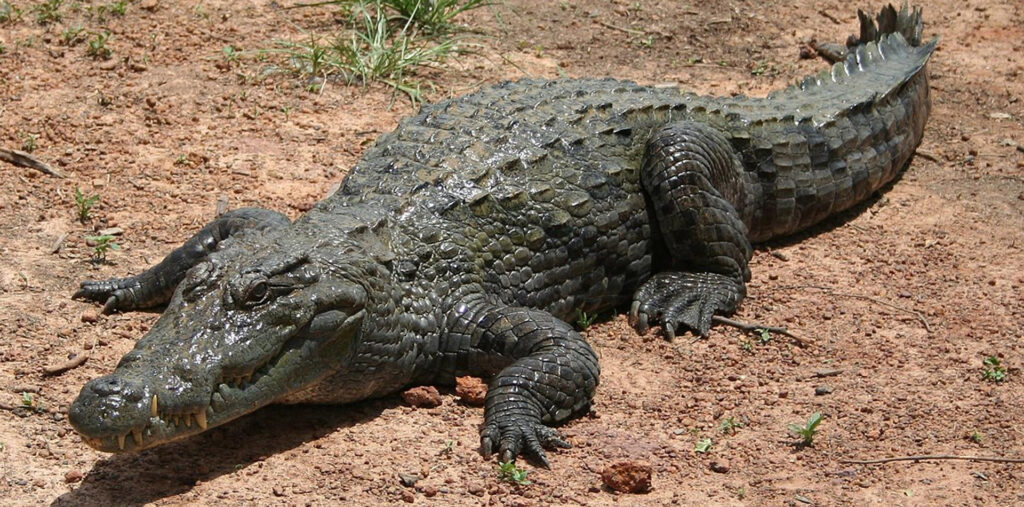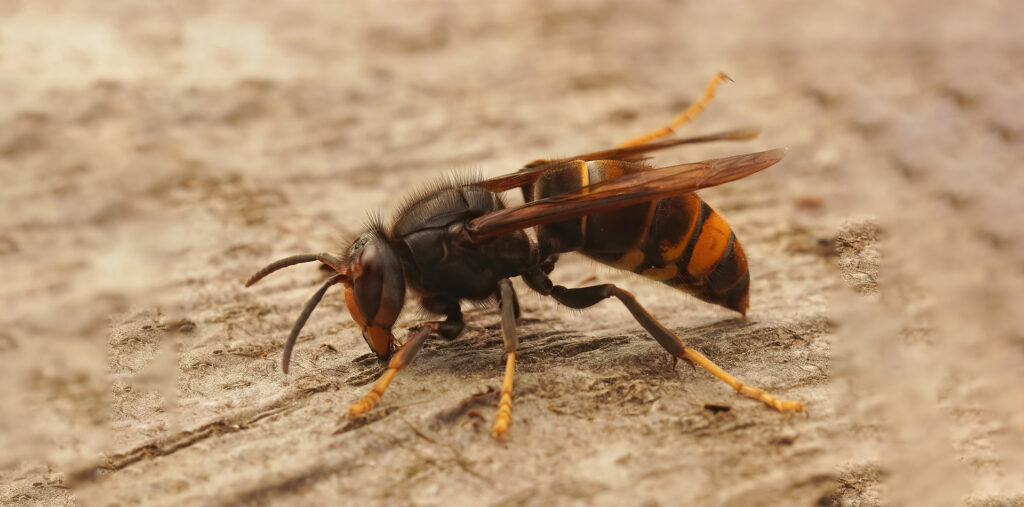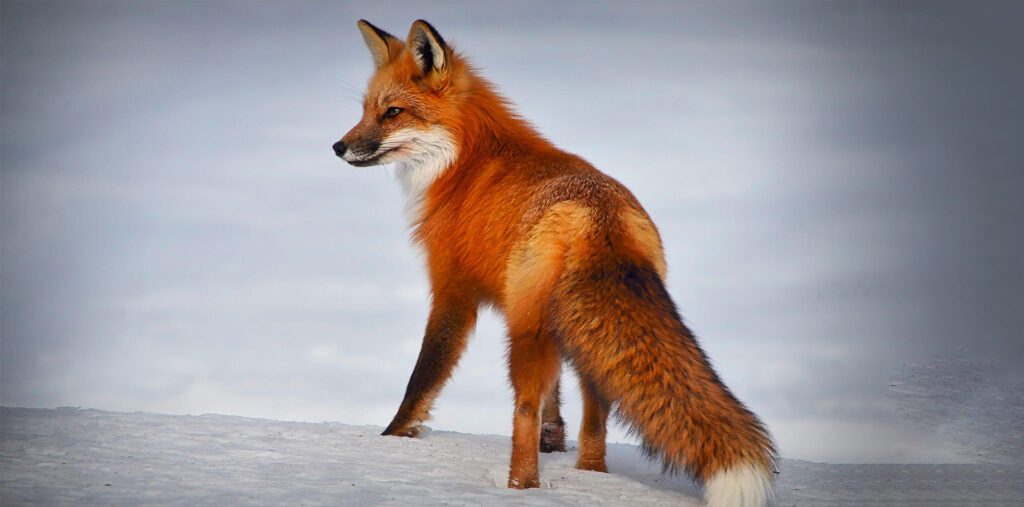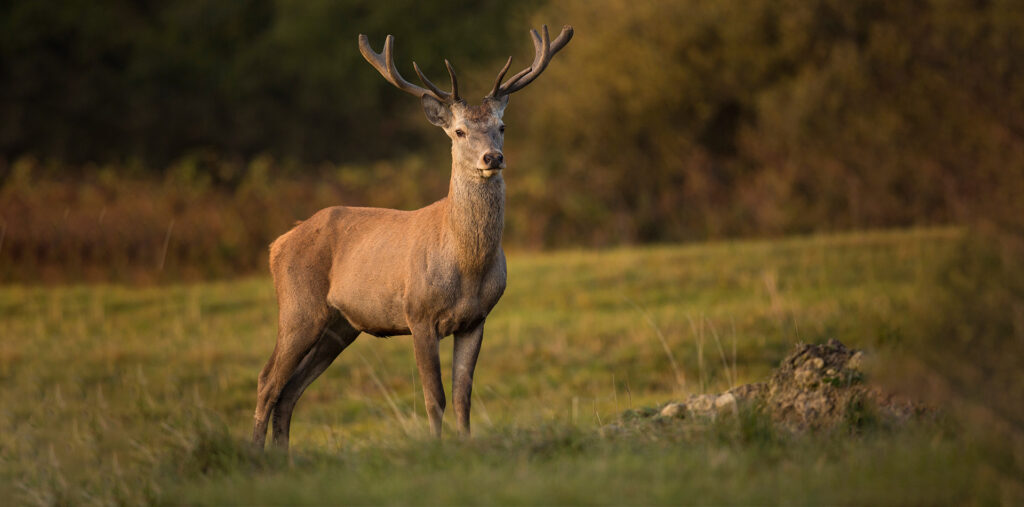Meet with Cow

Welcome to our comprehensive guide to cows! These gentle giants are not only iconic symbols of rural landscapes but also provide us with essential resources such as milk, meat, and leather. From their peaceful demeanor to their important role in agriculture, cows have a profound impact on our lives and the world around us. In this “Unveiling the Beauty and Utility of Cows: A Comprehensive Guide” blog post, we’ll delve into everything you need to know about cows, from their biology and behavior to their cultural significance and environmental impact.
Understanding Cow Biology:
Cows, scientifically known as Bos taurus, are large herbivorous mammals that belong to the Bovidae family. They are distinguished by their sturdy build, cloven hooves, and distinctive horns (in some breeds). Cows have a complex digestive system that allows them to efficiently digest fibrous plant material such as grass through a process called rumination. They also have a multi-chambered stomach that enables them to extract nutrients from cellulose-rich forage.
Behavior and Social Structure:
Cows are social animals that form strong bonds within their herds. They have a hierarchical social structure, with dominant individuals asserting their authority over subordinate members. Cows communicate with each other through vocalizations, body language, and olfactory signals. They also exhibit a wide range of behaviors, including grazing, resting, grooming, and playing, which help maintain social cohesion within the herd.
Role in Agriculture and Food Production:
Cows play a crucial role in agriculture as providers of milk, meat, and other dairy products. Dairy cows are specifically bred and managed for milk production, with modern farming practices focusing on maximizing milk yield through selective breeding, nutrition, and management practices. Beef cattle, on the other hand, are raised primarily for meat production, with different breeds and management systems optimized for beef quality and efficiency.
Cultural Significance and Symbolism:
Cows hold cultural significance in many societies around the world, often symbolizing prosperity, fertility, and abundance. In Hinduism, cows are revered as sacred animals and are considered symbols of maternal nurturing and non-violence. In Western cultures, cows are commonly associated with pastoral imagery and the idyllic countryside, representing a connection to nature and traditional farming practices.
Environmental Impact and Sustainability:
While cows provide valuable resources for human consumption, they also have environmental impacts, particularly in terms of greenhouse gas emissions and land use. Livestock agriculture, including beef and dairy production, contributes to deforestation, habitat loss, and biodiversity decline, as well as greenhouse gas emissions such as methane and nitrous oxide. Sustainable farming practices, such as rotational grazing, pasture management, and methane capture technologies, can help mitigate these environmental impacts and promote more sustainable livestock production systems.
Cows are fascinating creatures with a rich cultural history and profound impact on human society and the environment. By understanding their biology, behavior, and role in agriculture, we can appreciate the importance of cows in our lives and work towards more sustainable and ethical farming practices that benefit both people and the planet. Whether they’re grazing in lush pastures or providing us with nourishing milk and meat, cows are truly remarkable animals that deserve our respect and admiration.
